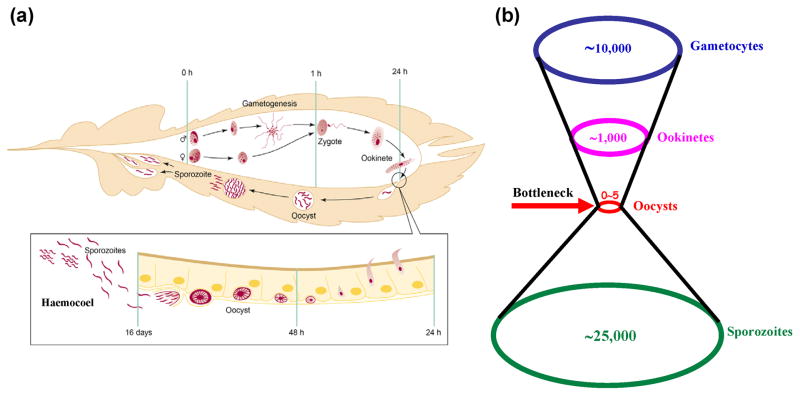Figure 1. The malaria parasite cycle in the mosquito vector.
(a) Life cycle of Plasmodium in the mosquito. The approximate developmental time at which each stage occurs in Plasmodium berghei (maintained at 20°C) is indicated. Transmission starts when the mosquito ingests an infected bloodmeal (0 h). Within minutes, gametocytes develop into gametes (the star-shaped figure illustrates exflagellation, which is the formation of male gametes) that fuse to form the zygote that differentiates into a motile ookinete. At 24 h, the ookinete invades the midgut epithelium and differentiates into an oocyst. About 2 weeks later, the oocyst ruptures, releasing thousands of sporozoites into the mosquito body cavity (hemocoel). Of all the tissues that sporozoites come in contact with, they can invade only the salivary gland. When the mosquito bites another vertebrate host, transmission is completed by release of sporozoites from the salivary glands (not shown). Reproduced with permission from Ref. [92]. (b) Plasmodium parasite numbers undergo a severe bottleneck during its development in the mosquito gut.

